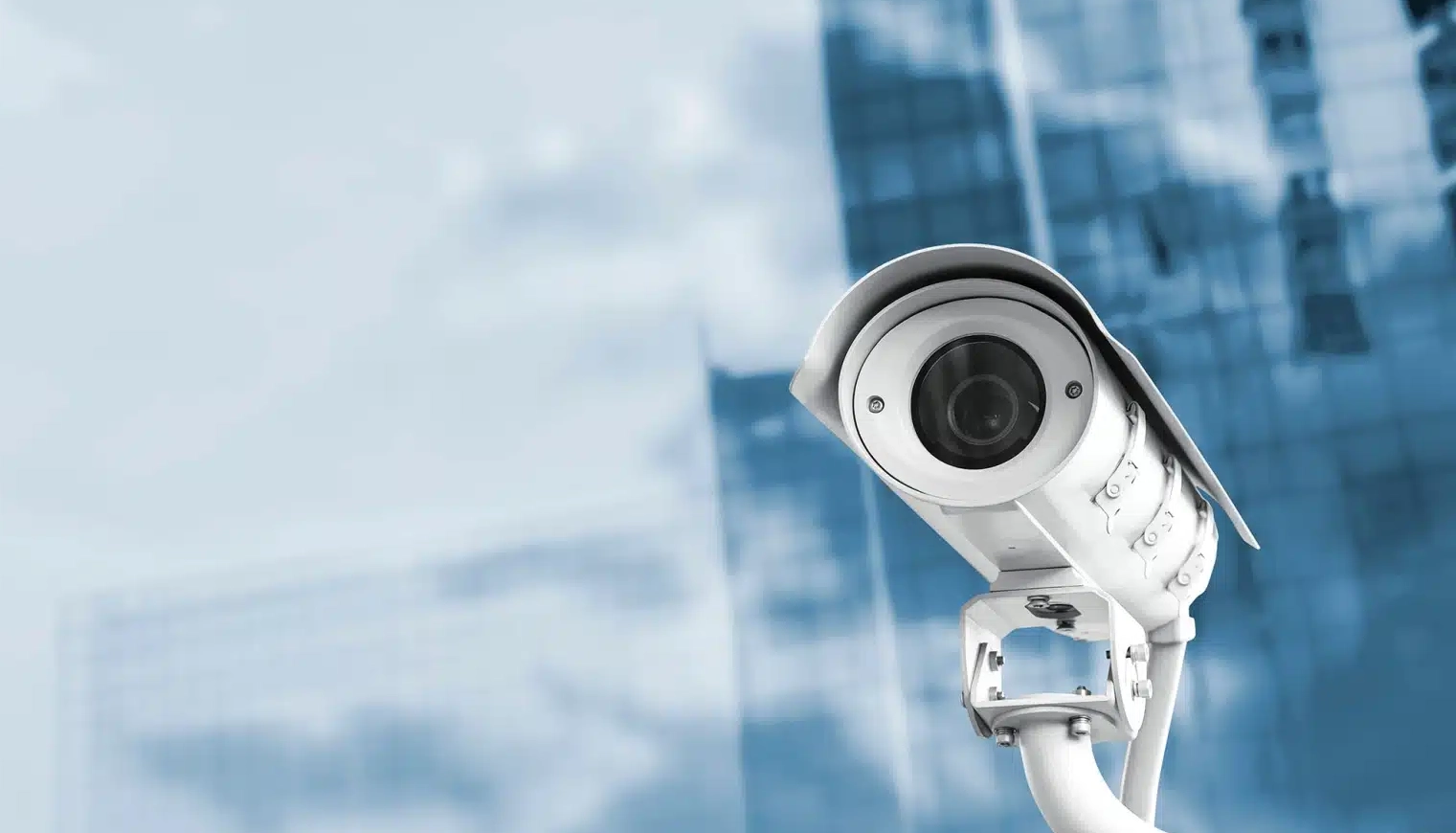Video Surveillance System for Corporates
Creating a secure video surveillance system for a business involves several key steps to ensure that both physical and digital security are thoroughly addressed. Here's a comprehensive guide in English on how to achieve this:

1. Assess Your Security Needs
Begin by evaluating the specific security requirements of your business. Consider factors such as the size of your facility, sensitive areas that need monitoring, potential threats, and regulatory compliance. This assessment will help tailor the surveillance system to your unique needs.
2. Choose High-Quality Cameras
Invest in high-resolution cameras with features like night vision, wide-angle lenses, and motion detection. Ensure the cameras are rated for outdoor use if they will be installed externally. Look for cameras with the latest technology, such as IP (Internet Protocol) cameras, which offer better image quality and easier integration with digital systems.
3. Implement Robust Network Infrastructure
A secure and reliable network is crucial for video surveillance. Use a dedicated, separate network for your surveillance system to minimize the risk of hacking. Ensure your network is encrypted and regularly updated with the latest security patches. Consider implementing firewalls and intrusion detection systems to further safeguard your network.
4. Secure Data Storage
Select a secure and scalable storage solution, such as a Network Video Recorder (NVR) or Cloud-based storage. Ensure the storage system is encrypted and has backup mechanisms in place. For added security, utilize offsite backups or cloud storage with robust data protection measures.
5. Access Control and Monitoring
Limit access to the surveillance system to authorized personnel only. Implement role-based access control to ensure that only specific individuals can view, manage, or delete footage. Regularly monitor system logs for any unauthorized access attempts.
6. Regular System Maintenance and Updates
Schedule routine maintenance checks and software updates for your cameras and recording systems. This includes firmware updates, hardware inspections, and network security audits. Keeping your system up-to-date helps mitigate vulnerabilities and maintain optimal performance.
7. Compliance with Privacy Laws
Familiarize yourself with local and international privacy laws, such as GDPR or CCPA, that may impact your surveillance system. Ensure that you have proper signage informing individuals that they are being monitored and obtain necessary consents where required.
8. Incident Response Plan
Develop a comprehensive incident response plan that outlines what actions to take if a security breach or other incident occurs. This should include procedures for preserving evidence, notifying law enforcement, and communicating with stakeholders.
9. Employee Training
Provide training to your staff on the importance of security, how to recognize potential threats, and what to do if they witness suspicious activity. Make sure they understand the proper use of the surveillance system and the protocols for reporting issues.
10. Continuous Improvement
Regularly review and assess the effectiveness of your surveillance system. Stay informed about new technologies and best practices in the field of security. Be prepared to make adjustments and upgrades as needed to keep your system current and secure.
By following these steps, you can create a robust and secure video surveillance system that effectively protects your business, ensures compliance with legal requirements, and provides a safe environment for employees and visitors.
